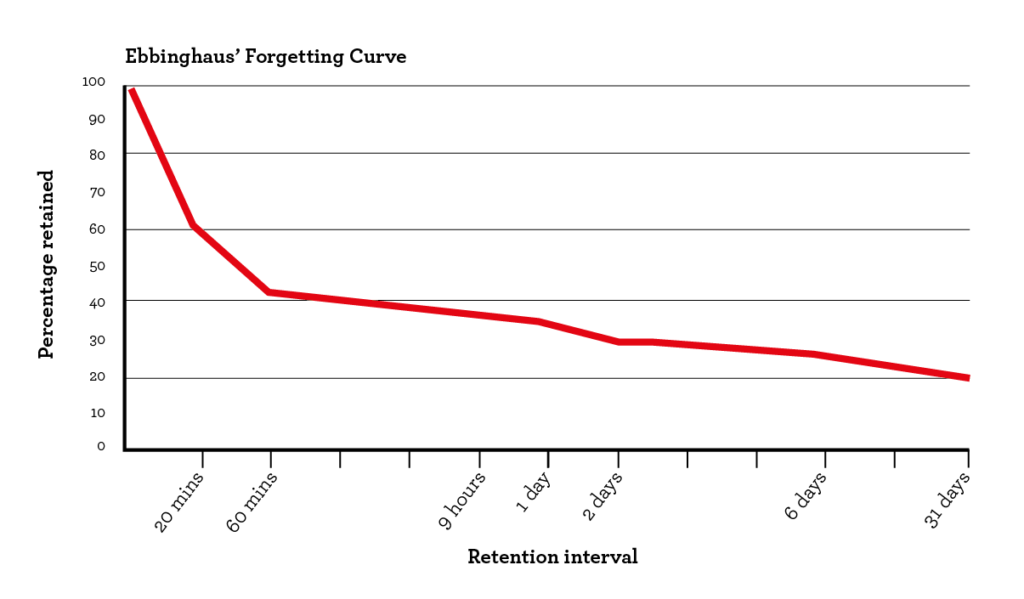You just gave a great presentation. All your preparation paid off. Congrats! But your work isn’t over. At least not quite yet. As a speaker, it’s important to leverage the moments and days after your presentation to continue to make an impact.
And you can do that through two simple steps. First, offer thanks to deepen your connection and credibility. And second, send follow up information to make sure your presentation isn’t forgotten. Here are some tips for these post-presentation activities.
Offer Thanks
One of the first things you’ll want to do following your presentation is to thank the person (s) or organization who invited you to present. This serves to enhance your credibility. Plus, it further fosters goodwill between you and the organizer. This can come in the traditional forms of a handwritten card or an email. Or, you can get creative and use your social media platforms to tag the person or business with a quick thanks. This, of course, allows you to thank the company. But it also allows you to give them a bit of free marketing through your own platform.
If you’re unsure how to start your follow up thank you, executive coach Patrick Ewers says that an impactful follow up thank you has three components. The first is the thanks. The second is what he calls a “common ground reference.” This element personalizes the thank you by referencing something you have in common or something specific you talked about together. The third element is what Ewers calls “key takeaways.” These are summaries of the communication you shared. But they also offer ways to continue the communication in the future.
Which brings us to the second thing you want to make sure to do following your presentation.
Send Follow Up Info
We would all love to believe that our ideas stick with our audience members forever. And in some cases, that might happen. But a more realistic view comes when we realize that we all have what researchers call a “forgetting curve.” Take a look at this graph from Hermann Ebbinghaus’ important research into quantitative memory. It shows how long we tend to retain information after encountering it for the first time. But don’t lose hope. Farnam Street says, “There is a way to slow down the process of forgetting. We need only to recall or revisit the information after we originally come across it.” So in order to keep your presentation fresh in the minds of your listeners, consider sending out some follow up information. You could send out a social media post or targeted email in which you offer opportunities to interact further or dig deeper. Whatever you send, make sure it has significant value for your listener. Otherwise, it’s just junk mail.
But don’t lose hope. Farnam Street says, “There is a way to slow down the process of forgetting. We need only to recall or revisit the information after we originally come across it.” So in order to keep your presentation fresh in the minds of your listeners, consider sending out some follow up information. You could send out a social media post or targeted email in which you offer opportunities to interact further or dig deeper. Whatever you send, make sure it has significant value for your listener. Otherwise, it’s just junk mail.
You probably have a routine for your presentation process. My hope is that you will now add two simple steps to the end of that process: offering thanks and sending follow-up information. As Ewers says, “network relationship management is a game of inches where the difference between winning and losing is rarely decided by grand gestures; more often than not, the winner is the person who took the small extra steps.”
At Ethos3, we believe those small extra steps really do make the difference between a good presentation and a great one. Find out how we can help you create and deliver your next great presentation.